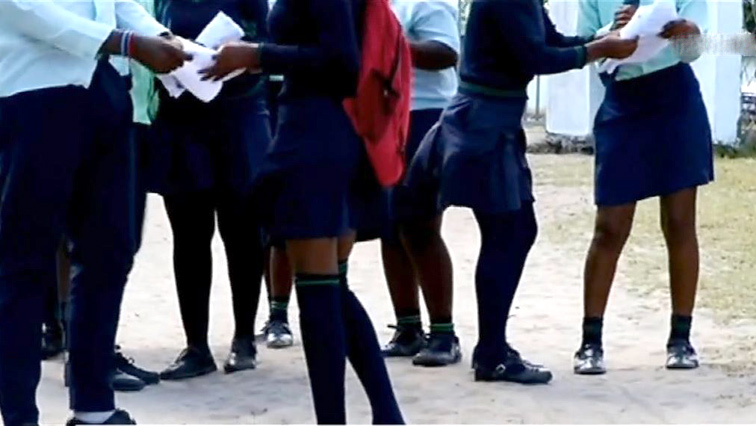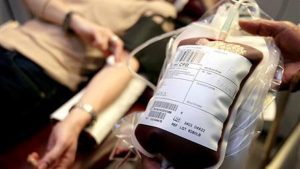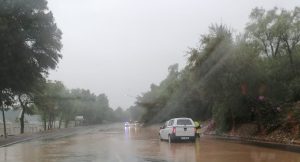Language barriers are making it hard for San pupils residing at Platfontein in the Northern Cape to achieve great matric results.
Pupils living in the area, which is 21 kilometres outside Kimberley, are battling to fully understand the medium of instruction at the local school, which is Afrikaans.
The community battles high levels of unemployment, poverty and other social issues. Originally from Namibia, the !Xun and Khwe have been living here for 20 years. Children have to learn Afrikaans before entering the school system.
Chakwanda Mahongo matriculated a few years ago. The !Xun speaker recalls his academic challenges. Mahongo remains unemployed. He says there are very few opportunities for Platfontein matriculants.
“If we were taught in our mother tongue it should’ve been better cause now if a teacher is giving you something to do she will talk in her mother tongue. There are certain words that we will never understand. So if we were taught in our language in would have been better because even now there are people who are still struggling and that is the whole point of everything so we would appreciate it if they going to bring our mother tongue at school.”
Also facing similar challenges is Ronel Katjorro who is waiting for her matric results. Katjorro who speaks Khwedam says she is anxious about her results.
“I am very nervous about the matric results, but I really do believe that I have made it and that I have passed because when I written it the exam was not difficult and it was not easy. The year was really challenging because we don’t speak Afrikaans at home, we only speak our language Khwedam. We speak Afrikaans only at school and we find it very impossible to understand everything that the teachers are teaching us.”
The Southern African San Development Organisation (SASDO), an organisation by local parents, is trying to deal with this challenge. One parent says that they have contacted the department of education for solutions.
“I had been in contact with the department of education, we say to them look, every school and every environment or place where you go, you will see a school catering the local languages of the people. So I came with a proposal, I said to the circuit manager who has been working very close with us that we want to offer some materials in our local languages around here. We’re willing to develop some kids’ booklets with drawings because a language must start from foundation phase.”
The organisation plans to offer extra classes to bridge the language gap.






